Play-to-earn may be the hottest word in the whole gaming industry. Check how you can join the trend that rocks players all around the globe!
Earing by playing games isn’t necessarily a new idea. Even 20 years ago best players of such games as Diablo II or Runescape were able to make money on selling digital assets they acquired during the game. Not to mention the professional players, who in the last decade became able to generate significant profits from their e-sport activity.
Yet, through time many new restrictions emerged, making earning from playing more and more difficult for amateur players. Of course, solutions such as Steam marketplace are available. Yet, they are not free from burdensome limitations. For example, on Steam it’s not possible to withdraw money from your account. Other ways of trading in-game assets, which involved less popular or not adapted platforms, often fail when it comes to security.
NFTs may give us a chance to change it. And everything indicates that players are interested.
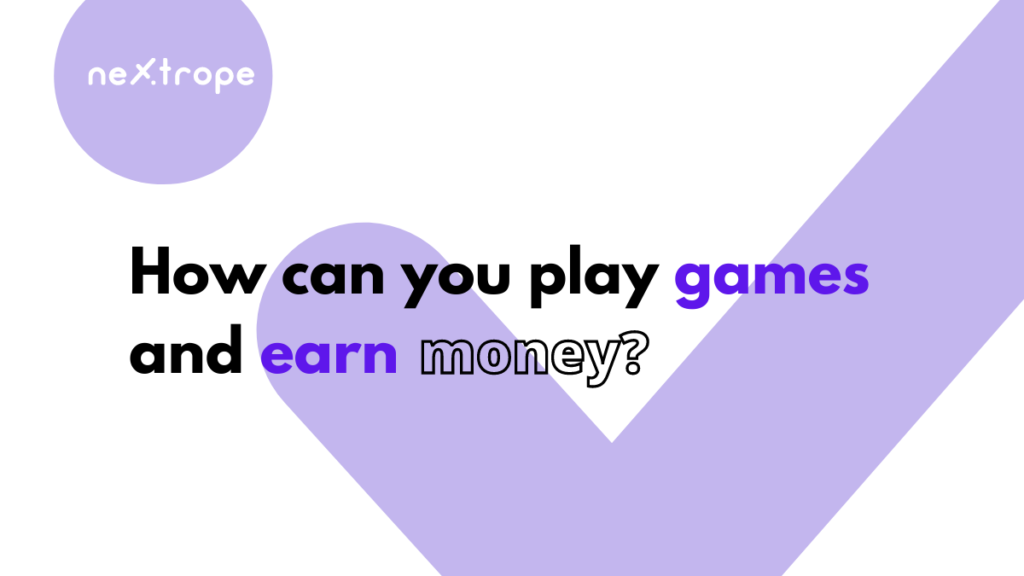
What does play-to-earn mean?
Essentially play-to-earn refer to earning real profits just by… playing. Simple, right? As we mentioned the core idea isn’t new. Yet, it is thanks to modern solutions such as NTF, that this phenomenon may be facilitated for the broader audience.
Currently, play-to-earn is most often used in the context of so-called crypto games. These gaming platforms allow their users to earn their native cryptocurrency during the game. For example, users can get tokens for winning fights or selling limited items. Eventually, those tokens can be exchanged for other cryptocurrencies or fiat money.
Why are investors interested in launching their own crypto games? With the growth of the game’s environment, the value of the game’s native currency increased as well. The more players game has, the more transactions are facilitated in-game, and eventually the higher demand for the currency is.
Play-to-earn gaming and crypto games are two phenomenons highly connected with each other. Hence, to bring closer the first one, we will also discuss the second.
Crypto games
Crypto games are without a doubt the hottest trend in the Blockchain industry. Despite a modest start, crypto games slowly became one of the most revolutionizing factors in the modern gaming landscape. From CryptoKitties, through NBA Top Shot, to Axie Infinity - crypto games from simple collectible games have grown into revolutionary projects, which influence goes far beyond the gaming industry. How was it possible? All thanks to NFT tokens…
Yes, that’s right. You hear about NFT almost everywhere. Collins dictionary even named NFT the Word of the Year for 2021! But among all NFT’s implementations, one seems to be particularly exciting for blockchain entrepreneurs - games. Recent events, such as Immutable X’s ICO, show us how important this branch became for the whole industry.
How NFTs may be used in video games? Below we briefly described that issue.
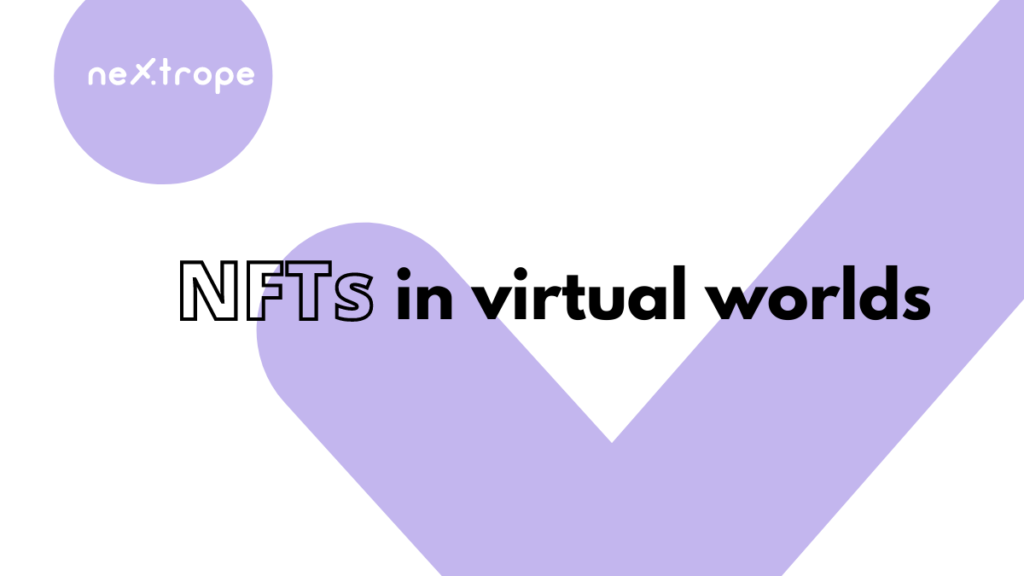
What are NFTs?
NFTs - 2021 was definitely their year. Spectacular events, such as record-breaking art sales, incredibly expensive virtual land plots, or fashion icons launching their own NFT collections made headlines all across the globe. Here you can find more about particularly significant NFT projects from 2021. But besides a buzzword, what exactly are NFTs?
NFT stands for non-fungible token. Non-fungibility means that every token in the system is unique. NFTs don’t have a common value and often do not allow for an equal exchange (NFT for NFT). Each token represents unique information of ownership or identity.
Among various blockchain token types, we differentiate between fungible and non-fungible tokens. (You can read here more about token types) Examples of the first kind are Bitcoin or Ether. Fungible means that a single token is indistinguishable from others in the same ecosystem. Just like in regular currency. Thus, they can be used for payment transactions.
Although NFT tokens became popular just recently, they’ve been with us for much longer. First, and still most popular NFT standard - ERC was created in 2016. Yet, for a long time, NFTs were left in the shadow of their fungible counterparts. This year delivered dozens of groundbreaking projects that changed this trend.
NFT games
NFT games are almost as old as NFTs themselves. After all their first commercial usage was a game: CryptoKitties. The game allows players to buy, collect, and sell virtual kitties, which are saved on blockchain as NFTs. Since the game’s debut in 2017, its creators - Dapper Labbs made over $40 million on it.
CryptoKitties were the first game of this kind which started a whole new trend. Yet, the recent projects enabled us to unlock the true potential of NFT, which goes far beyond simple collectibles.
NFT and gaming assets
Everywhere where users collect and trade virtual gaming assets, NFTs can highly improve their gaming experience. Essentially, they assure players about the authenticity and scarcity of gaming assets and allow them to keep full ownership of the purchased assets.
As an example, let’s take multiplayer games like the aforementioned LOL or Fortnite. Possessed skins and champions are of great importance to the players. What if the players had complete control over the ownership rights to their game assets?
Play-to-earn gaming
Ok, all of that sounds tremendous. But what the whole industry is talking about are play-to-earn possibilities that NFTs bring. As creators of one of the top NFT games - God’s Unchained, say: “You don’t own assets if you can’t sell them”. This is the main idea behind the majority of NFT games right now. Their game itself is one of the projects that aim to enable players to earn on in-game assets saved as NFT. But how exactly do NFTs facilitate play-to-earn?
Let’s imagine an online card game where users unclocked new characters and equipment by participating in a quest and winning fights. What if they would like to sell their character? Many games of this type actually allowed players to do so. Yet, often it’s only possible in exchange for the game’s coins which don’t represent any real value. Furthermore, such coins are usually characterized by the same problem as any other in-game assets - players don’t possess any ownership rights to them.
As we mentioned before, NFTs are unique digital assets that represent encoded information about their identity and ownership. There is a thing with blockchain: changing such data requires consensus reached among every node. In practice, it means that NFTs can be considered as authenticity and ownership certificates of themselves. Moreover, every action involving NFT is extremely treatable and secured against fraud.
Therefore, saving in-game assets as NFTs allowed players to possess ownership rights to them. Such assets can be traded on both internal and external marketplace. Sometimes for fiat currencies or popular cryptocurrencies, sometimes for the game’s native tokens, which then can be eventually exchanged for “real money”. This is how NFT may unlock true play-to-earn possibilities in numerous types of games. We listed just a few of them:
Games’ native tokens are another phenomenon that deserves our attention. In contrast to the usual game’s coins, those tokens can be listed on external exchanges, and represent particular value even outside the game. Why? In case of their case, fungible tokens are used. Therefore, essentially we can speak about game-specific cryptocurrencies. What’s important for games’ creators, those tokens gain value, with the game ecosystem’s growth.
Scarcity is nothing new for the gaming industry. Unique skins, armors, and other digital assets are commonly present in it almost from the begging. Through the years different markets have been created to facilitate users’ trade. Yet, there were always limitations. For example, usually direct exchanges to “real money” were impossible. NFT may change that for good.
As we mentioned, gamming assets saved as NFT can be traded on both internal and external marketplace. The same goes to games’ native currencies. What’s important, this trade can be decentralized.
It needs to be noted that behind video games stands an industry worth over $330 billion. Play-to-earn gaming my by a way to share part of this spectacular growth with players.
The new generation of embed finance?
Although paying a real-life rant fee in game’s coins may sound absurd, it already happens. Axie Infinity is a blockchain game that enables players to earn native tokens by winning fights and selling avatars. Eventually, those tokens can be exchanged for other cryptocurrencies or fiat money on external exchanges. Therefore, without a doubt we can speak about the truly play-to-earn game.
Yet, what’s unique about Axis is the unpredicted implementation of the game’s native tokens that emerged in the Philippines, where the game has 40 % of its players. According to Sky Mavis for 25% of Axie's players, the game's wallet is the first financial service they’ve been able to access. Arianna Simpson, a partner at Andreessen Horowitz - one of Axie's main investors, claims that in some places in the Philippines people are even paying their rent with the game’s tokens.
Most popular play-to-earn games
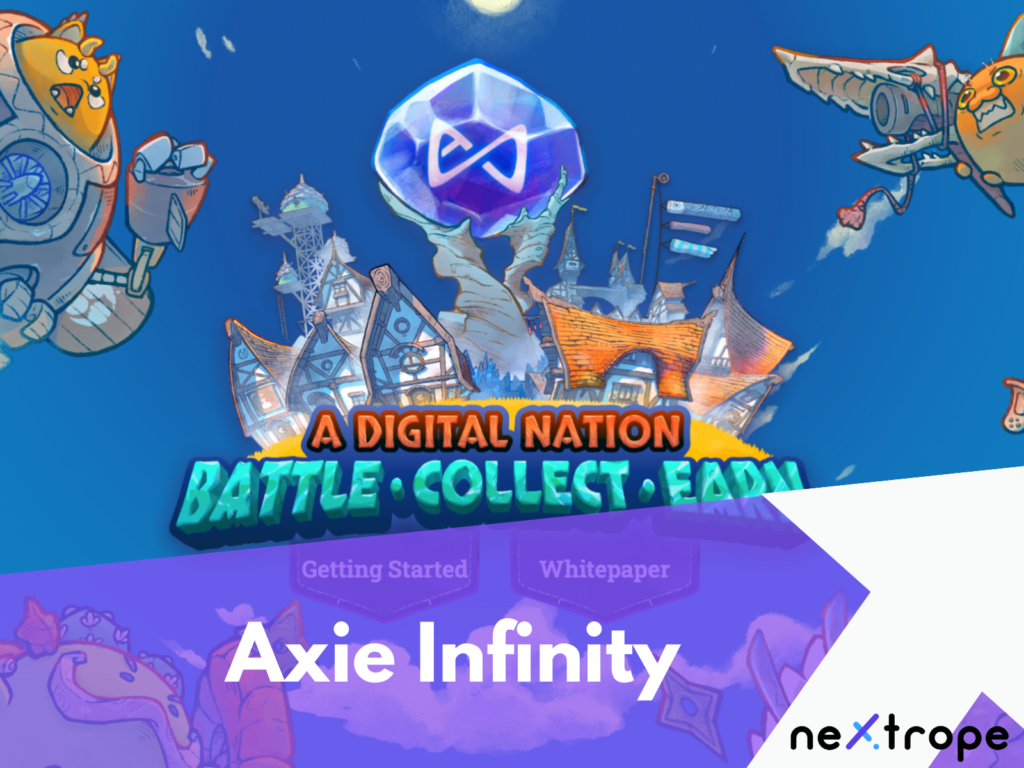
Axie Infinity
The public heard about Axie Infinity for the first time after the spectacular sale of a digital land plot. In February 2021, user Flying Falcon bought eight genesis plots worth approximately $1.5mln. This event may be considered a milestone for the NFT market. But what is so special about Axie Infinity?
Axie resembles Pokemon, but on a Blockchain. The core of the game is combat between cartoon characters - Axies. What differentiates Axies from Pokemons is the fact that they are NFTs stored on the game’s Blockchain. Essentially they are NFTs-based digital creatures.
To create new characters, players “breed” them using the game’s native token, which can be earned through the game or bought from an exchange. By selling Axies or winning fights, players earned the currencies. Then they can sell them on the open market, making a profit.
Currently, dedicated players earn as much as thousands of dollars a month playing Axie Infinity.
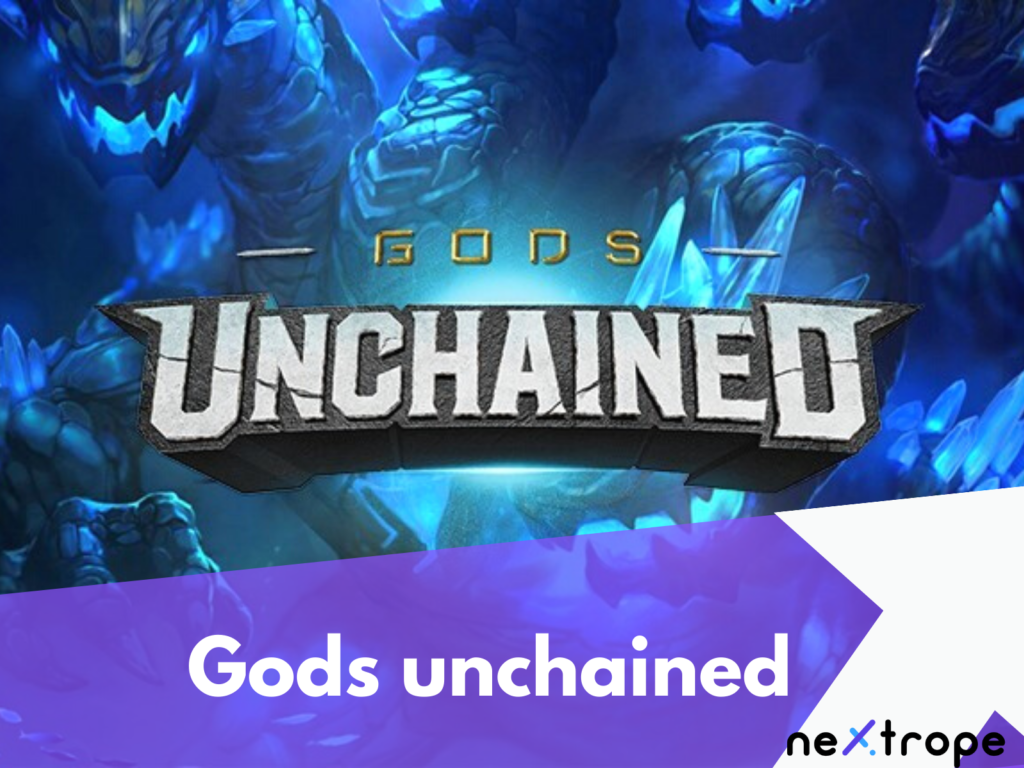
God’s Unchained
If you are up to date with the ICOs’ world, without a doubt, you’ve heard about Immutable X. Get to know the blockchain game created by its godfathers.
Gods Unchained is a trading card game that aims to give its players complete ownership over in-game items by using NFTs. Essentially its players collect digital playing card NFTs.
Their motto is, “If you can’t sell your items, you don’t own them.” Thus the game allows users to sell their cards and other items for native GODS tokens, which can be exchanged for fiat money.
It’s worth noting that God’s Unchained remains a free-to-play game. Cards can be unlocked simply by playing the game. Therefore Gods Unchained should be considered one of the truly play-to-earn games, which stands contrary to the standard model of gaming commerce.
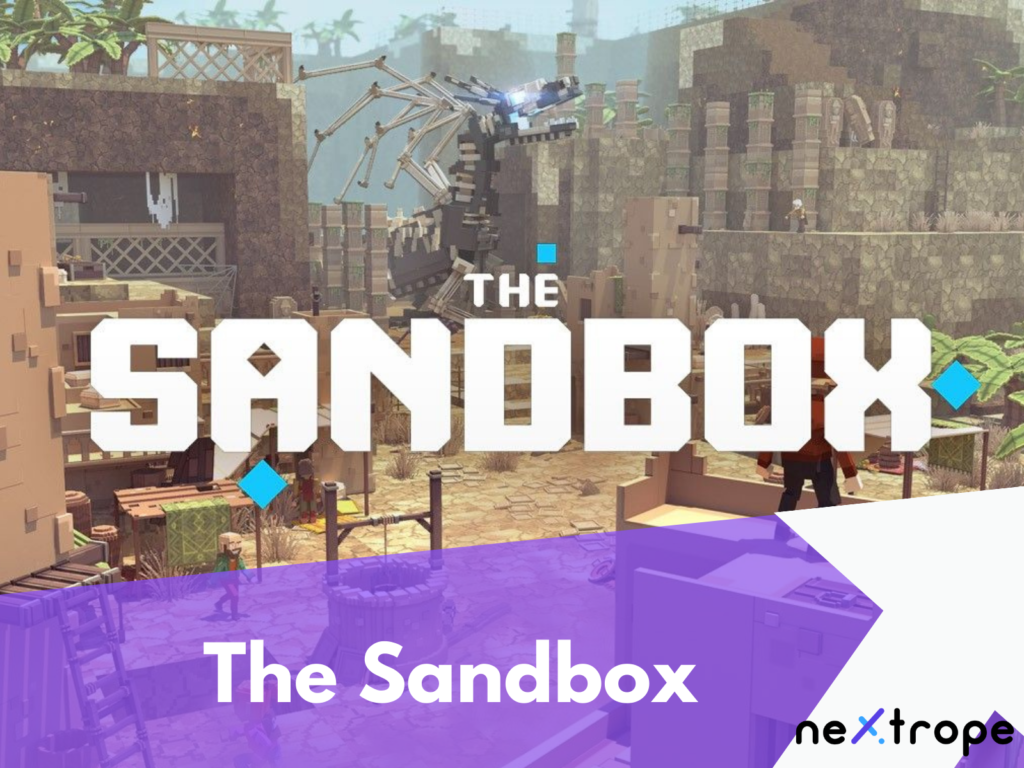
The Sandbox
The Sandbox is one of the NFT-based games that created their own metaverses. To date, it is one of the most popular NFT games for creating and trading in-game assets.
Like Minecraft or Roblox, this NFT game is voxel-based and offers an excellent opportunity to free users’ creativity. The Sandbox provides them with tools for creating and animating NFT objects that can be used in-game or sold on designed markets. But that’s not all - on the platform, users can also develop and play their games. Since users are able to make real money on their creations, The Sandbox is another example of play to earn the game.
Does play-to-earn gamming predicts how metaverse will look like
It’s no secret that many NFT games describe themselves as blockchain-based metaverses. Just take Sandbox as an example. According to many similar models of transection that we can observe in NFT games will be also present in metaverses. Without a doubt, there are significant factors that make them suitable for that purpose.
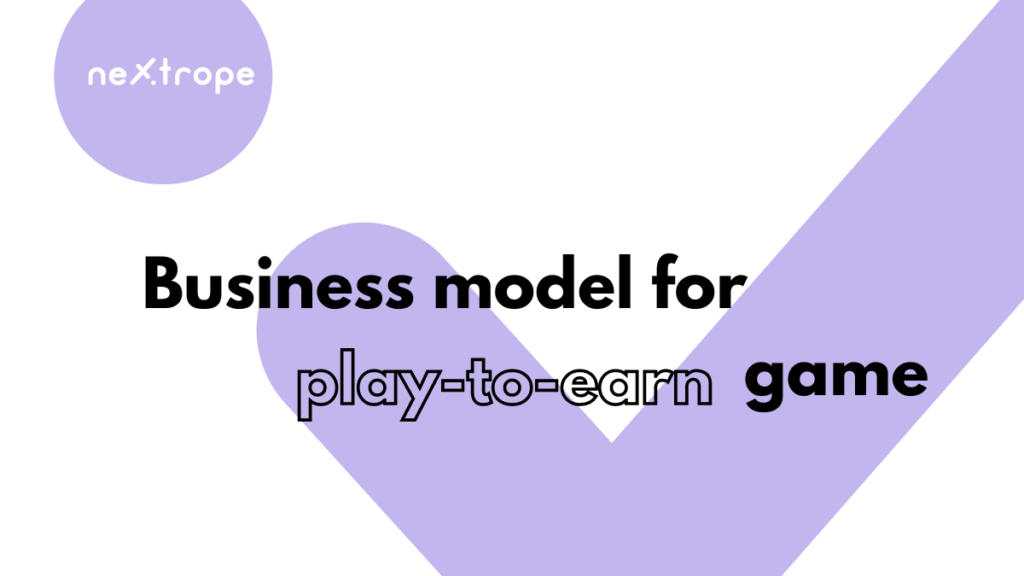
Implementing play-to-earn model
If you consider launching your own NFT game that will facilitate a play-to-earn model, you should be aware that its success requires skills and knowledge regarding both the technical and business sides of the Blockchain industry. That’s why many projects decide to hire an external blockchain company as a technological partner.
At Nextrope, we can call ourselves pioneers of Blockchain technology in CEE. We conducted one of the first tokenization in the world and since that we keep up to date with the industry. NFT games aren’t an exception.
Do you want to know how Nextrope’s team can boost your NFT game on a new level? Feel free to contact our specialists who will gladly answer all your questions.
 en
en  pl
pl 







